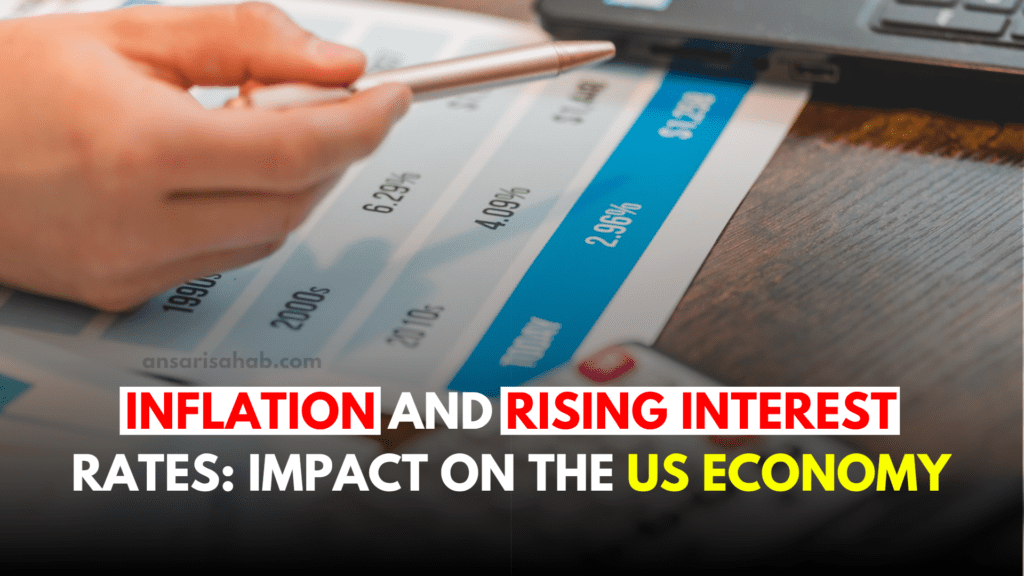New York, 12 November 2025 — Investors hunting for the best company to invest US in 2026 have several clear options depending on whether their goal is long-term growth, steady dividends or starting with a minimal amount. Financial advisers point to a split strategy: blue-chip dividend payers for income and a handful of growth names for capital appreciation — and both can be accessed with small initial investments via brokerages and fractional-share platforms. (According to Forbes and Fidelity.)
Where investors should look first: reliable income or rapid growth?
For conservative investors seeking predictable cash flow, large dividend-paying companies in utilities, consumer staples and energy midstream firms remain anchors. Firms such as Realty Income, Enterprise Products Partners and stalwarts like Coca-Cola or Verizon are frequently recommended for their steady payouts and resilience in turbulent markets. Research platforms and broker educational pages note these names as core holdings for dividend-oriented portfolios.
By contrast, those chasing outsized capital gains should consider diversified exposure to AI, semiconductors and healthcare innovators — sectors where analysts see multi-year secular tailwinds. Forbes’ recent roundups highlight select growth stocks that may continue to outperform into 2026, but they carry higher volatility and require longer holding horizons.
How to invest with a small amount — minimums are lower than you think
The “best company to invest US” is often the one you can buy into today — and modern brokerages make that easy. Fractional shares and zero-commission trading mean investors can start with amounts as low as $5–$50 and still own slices of high-priced stocks like Amazon or Nvidia. Mutual funds and exchange-traded funds (ETFs) usually require higher minimums for direct purchases, but many fund families and robo-advisors accept modest initial deposits and automate dollar-cost averaging. Financial education pages from major brokers explain the mechanics and costs.
Investors should also weigh account fees, trading spreads and the potential tax consequences of dividend income when deciding how much to start with. For retirement accounts such as IRAs, the tax-advantaged structure often makes even small regular contributions powerful over multi-decade timelines.
Expert views: balance risk, yield and time horizon
Portfolio managers stress the importance of matching stock choice to time horizon. “If your horizon is 10–15 years, growth-oriented companies with strong market share and durable moats are often the best company to invest US for capital appreciation,” said a New-York based wealth manager who asked not to be named. “If you need current income or lower volatility, high-quality dividend payers are the pragmatic choice.” Recent industry write-ups underscore this split: several outlets list blue-chip dividend names as best for income while others single out AI-related and healthcare innovators as top growth picks.
Analysts also warn against chasing the highest yield alone. High dividends can signal underlying business stress or unsustainably high payout ratios. Trusted screening tools and dividend-research sites recommend checking cash flow, payout ratios and balance-sheet strength before treating yield as the main buying signal.
Specific candidate categories — examples investors often consider
- Blue-chip dividend payers: Companies with long track records of stable or rising dividends (for example, Coca-Cola, JPMorgan, Verizon or selected REITs) are often cited as the best company to invest US for conservative, income-focused portfolios.
- Growth leaders: Nvidia, Oracle, and select healthcare innovators appear on many ‘best-to-buy’ lists for investors targeting multi-year gains, but they demand tolerance for quarterly swings.
- High-yield midstream / REITs: For higher current income, midstream energy names and certain REITs provide yields in the mid-single digits or higher — useful for income but requiring careful analysis of balance sheets.
What it means for readers — how to act now
- Decide your goal: Income, growth or a blend? That determines whether a blue-chip dividend payer or a high-growth tech name is the “best company to invest US” for you.
- Start small, stay consistent: Use fractional shares or low-minimum robo-advisors to begin with modest amounts and apply dollar-cost averaging to reduce timing risk. Brokers’ educational centers offer step-by-step guides for low-minimum investing.
- Check fundamentals: Don’t buy a stock solely for yield or hype. Examine payout ratios, free cash flow, revenue trends and debt levels. Dividend research sites and analyst reports are particularly helpful here.
- Diversify: Even if you find a compelling single company, diversification across sectors and asset classes reduces the chance that one adverse event derails your portfolio.
Conclusion
There is no single “best company to invest US” for every investor in 2026. For conservative savers seeking income, established dividend payers remain attractive; for long-term capital growth, a handful of tech and healthcare leaders look promising. Importantly, modern brokerages make entry inexpensive — meaning the practical barrier to owning these companies is lower than ever. Investors should match choice to horizon, perform due diligence and consider diversification as their first line of risk management. (Analysis based on recent reports and market roundups by Forbes, Fidelity and Kiplinger.)









